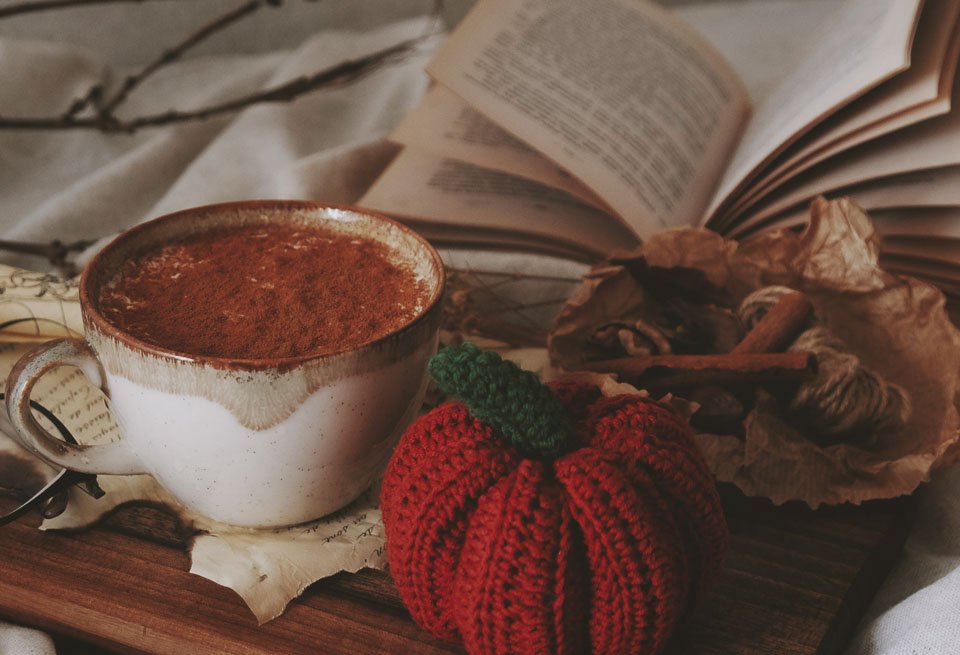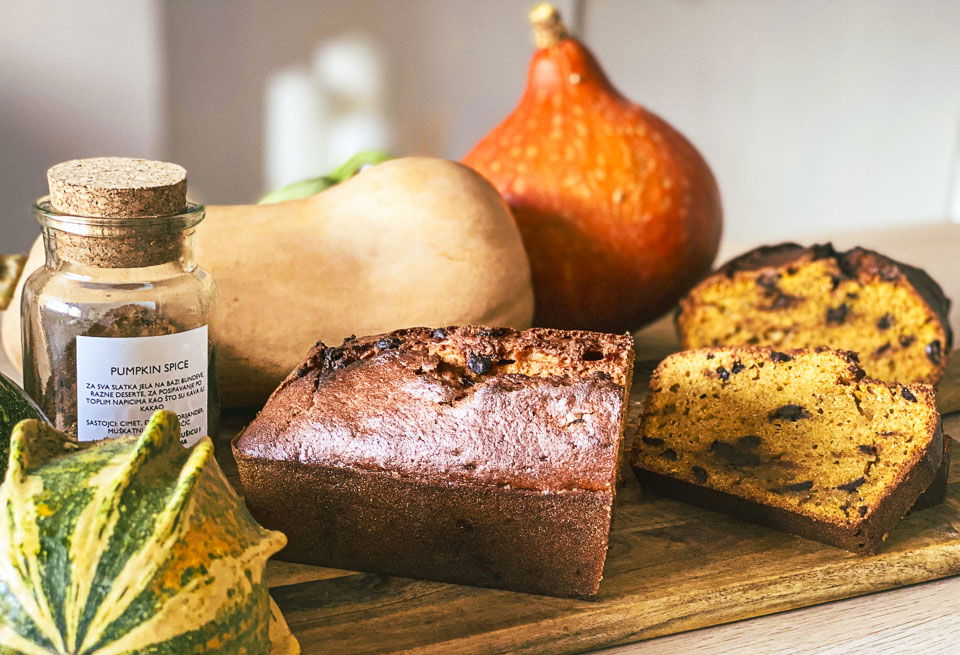
Uninformed Trends Are Putting Your Family’s Health at Risk
The Truth About Salt and Iodine
Social media is flooded with trends encouraging a “healthier” lifestyle — but have you ever asked yourself how healthy those trends really are?
The Truth About Salt and Iodine
While we all enjoy experimenting with spices, salt is the one ingredient we consume daily, without exception. It’s a vital mineral involved in numerous physiological processes. Today’s market offers a wide variety of specialty salts, each with their own alleged health benefits, often promoted by influencers and unverified wellness trends. But excitement around aesthetically pleasing salt blends in pink, black, or blue hues often leads us away from science-based facts.
Unfortunately, we adopt and share these trends without critical thinking — sometimes even putting our loved ones, especially children, at risk. A harmful and rising pattern is the increased use of non-iodized salts.
Iodine is a crucial mineral that enables proper thyroid function. Without sufficient iodine, we risk serious health consequences, especially for our children.
Why Iodine Was Added to Salt
Let’s go back to the early 20th century, when iodine deficiency was linked to goiter and other thyroid issues, especially in inland areas far from natural iodine sources like seafood. Salt was chosen as the ideal carrier for iodine because it is widely used by all demographics. Switzerland and the United States were pioneers in implementing iodized salt programs, which yielded quick results. Croatia followed in 1953, successfully reducing endemic goiter in regions like Lika and Slavonia.
Risks of Non-Iodized Salt
Greater awareness of healthy diets has improved overall well-being, but blindly following nutrition trends can still pose serious risks. “Raw,” “organic,” “less processed” — while admirable goals — must be balanced with science. That’s especially true when it comes to iodine intake.
According to the WHO, 1.88 billion people — including 241 million school-aged children — are iodine-deficient. This deficiency can lower children’s IQs by 10–15 points and impair their cognitive development. In pregnant women, low iodine can affect the baby’s mental development. In adults, it can cause thyroid disorders and other health issues.
What Happens Without Enough Iodine?
The thyroid needs iodine to produce hormones like thyroxine and triiodothyronine. Without them, metabolism slows, the immune system weakens, fatigue sets in, and weight gain, weakness, and other symptoms emerge. Iodine is also essential for child growth and development. Goiter develops after prolonged deficiency, and while iodized salt has greatly reduced goiter rates, it still exists in high-altitude and iodine-poor areas.
Responsible Salt Consumption
We actually need very little iodine to stay healthy, but its absence causes enormous problems. Here are the WHO’s recommended daily iodine intakes:
- Infants (0–6 months): 90 mcg
- Children (1–6 years): 90 mcg
- Children (7–12 years): 120 mcg
- Adults (14+): 150 mcg
- Pregnant or breastfeeding women: 250 mcg
1.5 g of iodized salt contains approx. 71 mcg of iodine. When used correctly, it’s an easy way to maintain healthy levels — along with natural sources like sea fish, dairy, and seaweed.
You don’t have to give up your favorite specialty salts from Harissa. They offer mineral richness and gourmet appeal — just use them in balance with iodine-rich ingredients or regular iodized salt.
Practical Tips
- Seaweed (nori, wakame, kombu) – use in soups, sushi, salads, or powdered form
- Cod – especially wild, good in salads, pâté, or traditional dishes
- Dairy – milk, cheese, yogurt (especially from trusted sources)
- Eggs – yolks retain iodine well, even when cooked
- Shellfish – shrimp, clams in pastas, risottos, or on toast
- White beans – great as purée, baked, or in veggie burgers
- Potatoes – especially baked with skin, grown in iodine-rich soil
Enjoy Harissa’s specialty salts responsibly — combine them with iodine-rich foods for a balanced, mindful diet. Let’s not follow wellness fads blindly. Choose wisely. Choose iodized salt.
Latest Recipes
We bring you tried and tested recipes of our favorite dishes, culinary tips, and suggestions on how to best combine spices and ingredients for a complete sensory experience.

Pumpkin spice latte - The finest coffee with pumpkin flavor
Welcome the first days of autumn with the finest homemade pumpkin spice latte drink bursting with the scents and aromas of autumn.

Pumpkin spice and everything nice!
Intoxicating, aromatic, layered and warm!
